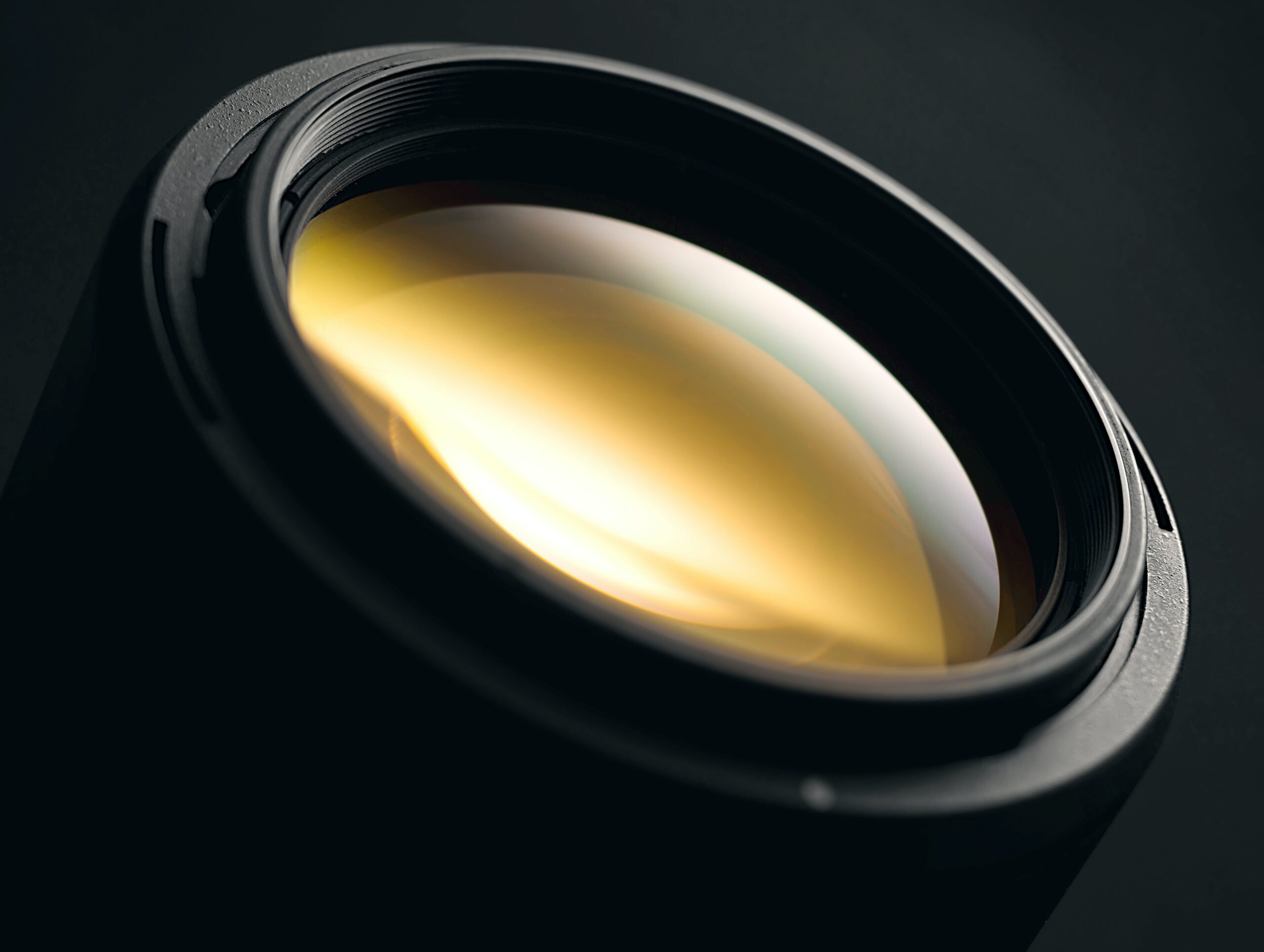Mixed reality hardware and the associated software platforms have the potential to revolutionize the digital world and how we interact with it. Many industry experts believe MR hardware will replace smart phones as the dominate platform for people to access the internet. The next evolution of the internet is dubbed the metaverse by some. Mixed reality systems superimpose (augmented reality) or replace (virtual reality) a user’s natural field of view with digital content in a glasses or goggle form factor. These systems require a range of trade offs across size, performance, and capability vectors. This space is seeing massive investment as companies vie to achieve the right balance at an attractive cost.
Quadoa makes designing these systems easier. The object-based optical model and multi-sequential raytracing allow digital imaging paths and see-through (world) paths to be defined as simply as possible. Multi-configuration functionality isn’t required for these systems. The surface stack ability allows freeform surfaces of nearly arbitrary shape to be defined and optimized. Optimization constraints such as 3D distance targets help to avoid radical solutions that aren’t manufacturable. The powerful API allows integration of Quadoa into broader optical design workflows that utilize custom or commercial waveguide simulation software.
